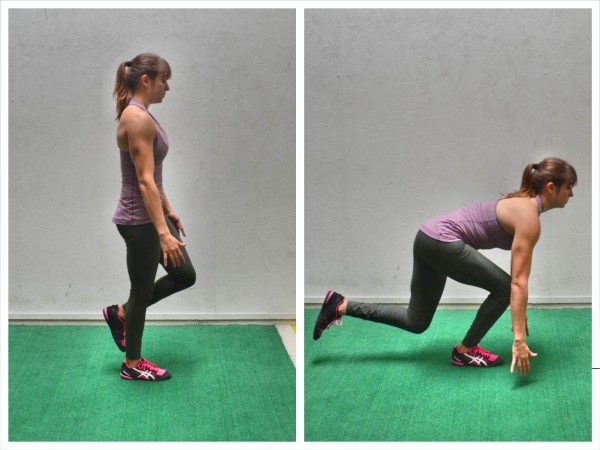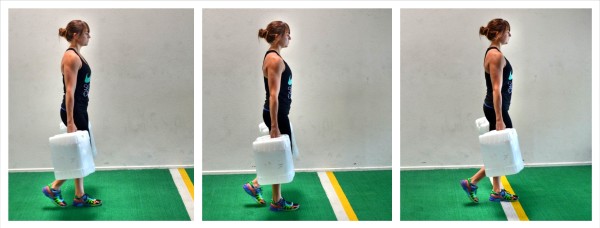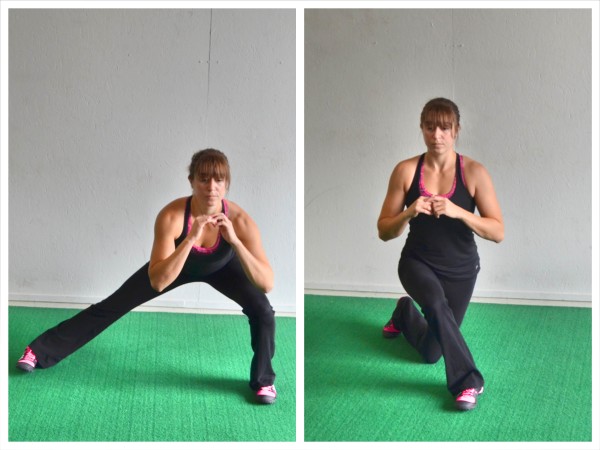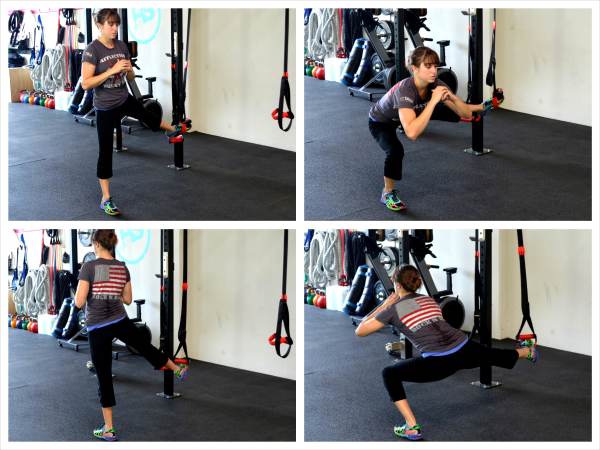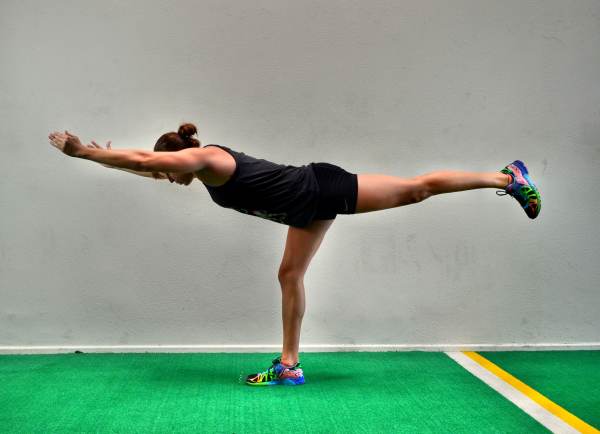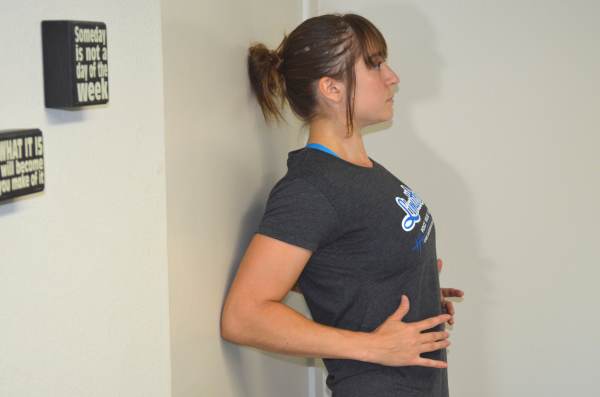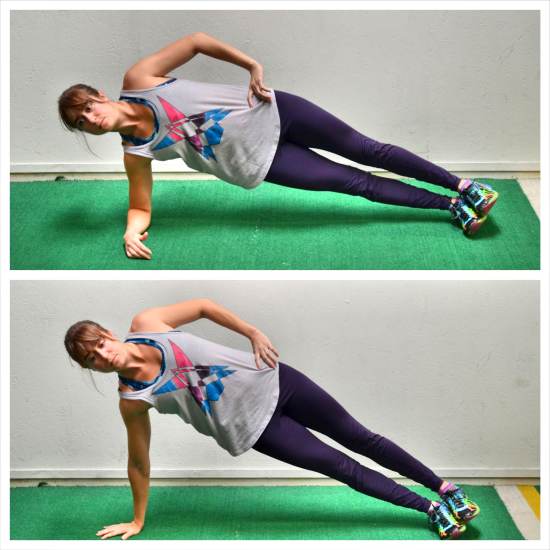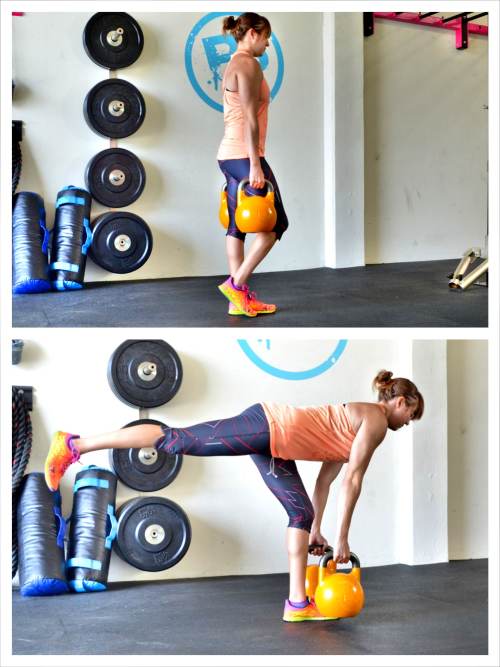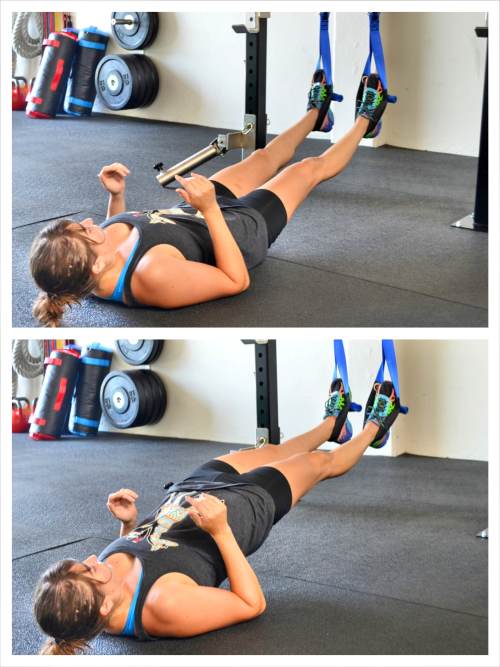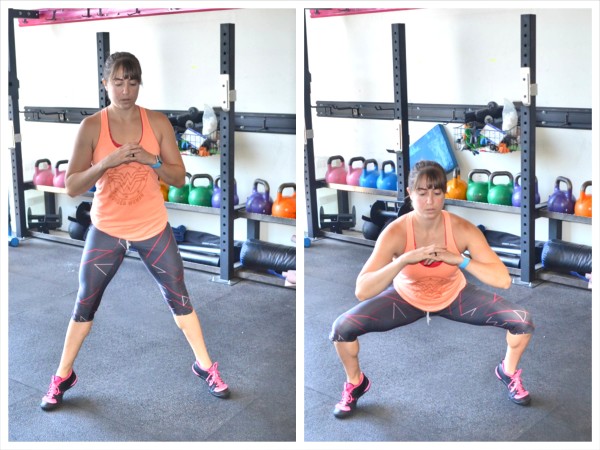
The Squat Destruction Workout
WARM UP
Stretch and Roll Out:
Calves
Hamstrings
Groin
Hips/Glutes
Back
WORKOUT
For each circuit, complete the hold then the reps of the weighted move and then the bodyweight movement. Rest 60 to 90 seconds between rounds. You will be rested but not fully rested when you go. Do not shorten the rest time especially if it means you can’t maintain what you did the round before. Rest 2-3 minutes between circuits.
CIRCUIT #1:
30 seconds Wall Sit
10-15 reps Dumbbell Squat to Press
15-20 reps Squat Jacks
CIRCUIT #2:
30 seconds Sumo Stance Squat Hold
10-15 reps (KB) Sumo Squat
15-20 reps Toe Squat
COOL DOWN
Stretch and Roll Out:
Calves
Hamstrings
Groin
Hips/Glutes
Back
NOTES:
Before the workout, in your Warm Up, it would be good to really loosen up your hips and also really activate your glutes. Include maybe some Bridges and even some Fire Hydrants to get your glutes working and your hips open before you squat. If your inner thighs are also tight, make sure to loosen them up before the Sumo Squats!
Do the most challenging variation of each move that you can, but try not to rest between moves. Only really rest between rounds, which may mean your quads feel extremely burned out by the end of the round. You may have to start with light weights as well!
EXERCISE DESCRIPTIONS:
Wall Sit – To do the Wall Sit, you will sit against the wall. Stand with your back to a wall and your feet about hip-width apart. Then sink down into a squat and press your back into the wall behind you. When you sink into the squat, try to get your quads parallel to the ground and make sure your ankles are aligned under your knees. Hold there and drive your back into the wall. You can also do this with a narrow or wide stance if you want to mix it up. If you start to feel this in your low back, try engaging your core with a pelvic tilt. Press your low back toward the wall. To make this move easier, don’t sink as low in the squat or move your feet out just a bit from the wall. Do not let your ankles get too far out in front of your knees though. To make this move harder, hold a weight or even try a Single Leg Wall Sit.
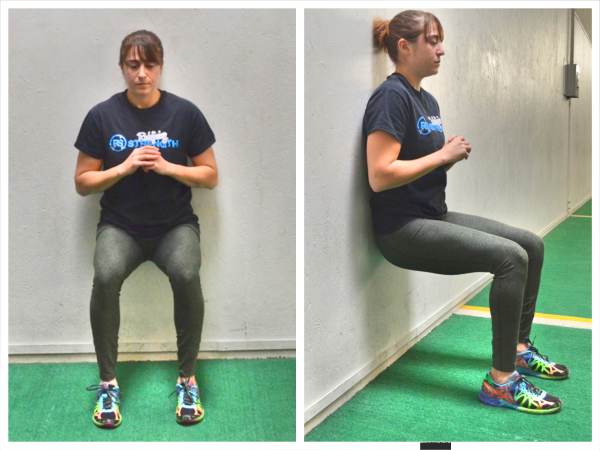
Dumbbell Squat to Press – To do the Dumbbell Squat to Press, grab a dumbbell in each hand and bring the weights up to your shoulders. You can hold the weights with your palms facing forward or with your palms facing in toward each other. Holding the weights at your shoulders, squat down sinking as low as you can. Then drive back up to standing and press the weights straight up overhead. Make sure you don’t go forward as you squat down. Also make sure to press the weights straight up. Do not let your arms go out wide or all over the place. The more you use your legs to press, the easier it should be on your upper body to press the weights. If you want to do a stricter press, squat then stand up and press once you are fully standing.

Squat Jacks – To do Squat Jacks, start standing with your feet together. Reach your hands up overhead and then sink into a little squat. Make sure to sit your butt back. This position should look like Chair Pose. Staying low in the squat, jump your feet out wide, about shoulder-width apart. As you jump out, also bring your hands down and in between your legs to reach for the ground. Do not stand up out of the squat as you jump your feet out wide. Try to touch your hands to the ground as you keep your butt down in the squat and chest up. Even try to squat lower as you jump your feet out wide. Then jump your feet back together and bring your hands back overhead. Stay low in the squat the entire time and move quickly. Try not to stand up as you jump your feet back in. However, beginners may need to stand up as they bring their feet together and only squat as they jump their feet out.
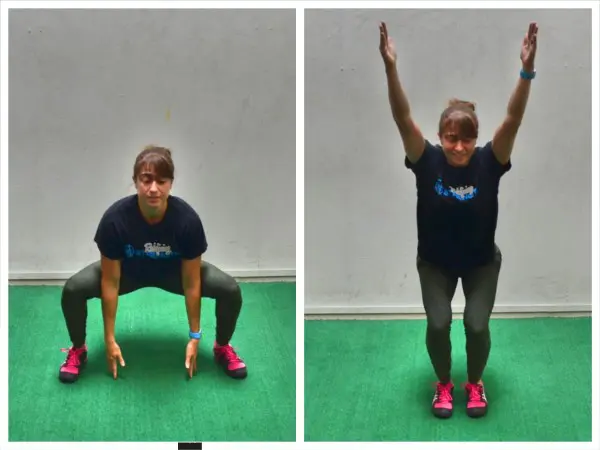
Sumo Stance Squat Hold – To do the Sumo Stance Squat Hold, set up with your feet wider than shoulder-width and your toes turned out. Then sit your butt down and back and hold with your quads about parallel to the ground. Keep your chest up and butt down as you hold. Do not let your heels come up or your knees cave in.
(KB) Sumo Squat – To do the Sumo Squat with a kettlebell, hold a kettlebell in both hands and set your feet wider than shoulder-width apart. Turn your toes out slightly as you stand in a wide stance with the kettlebell hanging down in front of you. Squat down, sitting your butt down and back. Do not let your knees cave in as you squat. Drop the kettlebell to the ground but do not round forward. Then drive back up to standing and squeeze your glutes at the top.

Toe Squat – To do the Toe Squat, set up with your feet wider than shoulder-width and toes slightly turned out. Then press up as high as you can onto your toes. Keeping your chest up and heels up off the ground, squat down as low as you can. Sit your butt down and back while staying balanced and then come back up to standing. Try not to touch your heels down between reps. Sink as low as you can and move in a slow and controlled fashion.


